Let's put things in logical order...
As a child grows as an active learner, their ability to explore skills and concepts in more challenging and abstract ways increases. Sequencing skills are extremely important in everyday life and in the new language curriculum sequencing has it's own learning outcome. Retelling and elaborating in sequence plays an important role in the development of a child's language skills and comprehension of written texts. It is one of those foundation skills that children will use to build on other skills in the future, while also helping children to recognise patterns that make the world around them more predictable and understandable. There are plenty of daily activities that offer opportunities to practice those important sequencing skills... story time, aistear play, P.E., art. Most activities involve some form of sequencing. Sequencing can be practiced in a simple two minute activity, a whole lesson or even a whole class project worked on over a week. Ideally the language of sequencing could be integrated into most lessons.
Sequencing in the new language curriculum...Through appropriately playful learning experiences, children should be able to*
Sequencing and retelling of events should be practice regularly in the infant classroom and at home and if possible linked to familiar experience so that children can connect prior knowledge to new concepts. Children need to be activity involved in their learning, sequencing is an inquiry base learning activity where children have to question and reflect. As a teacher it is important to avoid these activity becoming too teacher led and instead offer hands-on interactive learning activities. In this post I have but together a few of my own suggested ways to make retelling and sequencing activities a little more challenging and fun and most importantly active learning opportunities for children. I've also scoured the internet to see how other great teachers make sequencing fun, playful and hands-on in the infant classroom. I will also discuss the roll sequencing play in a child's development and future literacy skills.
When do we use sequencing?
What language do we use when sequencing?
The language of sequencing should be use frequently, both in the classroom and at home. Every day we do activities that involve sequencing, most of the time we are so busy we don't even realise we are creating a perfect change to practice our sequencing... so all you have to do is remember to throw in the language at every opportunity to extend the children's learning. Stick some large sequencing words up on your wall, even if it's only to remind YOU to use the language. Begin with use of simple words like first, next and finally. As the children grasp the concept of sequencing they can begin to explore more ambitious vocabulary such as those mentioned below.
Past tense verbs when retelling events can be an area of difficulty for little learners, particularly irregalar ones. So it is worth doing some discrete teaching in this area.
Do they understand first, last, before or after etc.?
It is important to make sure children understand the concept of first and last etc. If you find a child staring back at you blankly when asked what happens next/before it may be because they simply don't understand the language. Children with english as an additional language or lesser developed language skills may find this concept difficult to understand. This is a simple but effective way to teach children what is meant by 'first'. Proficiency in sequencing is important for developing phonic skills and I have found the method used below particularity helpful when practicing word segmenting for initial and final sounds in words but also for understanding the language necessary for retelling and sequencing.
What kind of activities can I do?
Sequencing pictures - Sequencing with visual aids help children to recall all parts of a text and not just the parts the interest them, especially relevant with younger learners. Visual aid for sequencing also support children who struggle with written texts and children who need to develop their communication skills. Using simple pictorial cards for cut and stick activities are perfect for sequencing story in the early days. But I found that I tended to over-rely on this strategy and the children became bored of these sequencing exercise and so did I. So I tried to change it up a little by using some sequencing stones. If you're any way artistically inclined these are really easy to make up and they are ideal to bring to a small world play during Aistear. Include the focus story book as a prompt for children to sequence on their own. It would also be beneficial to offer children come empty panels with 2,3 or 4+ squares to place their sequencing stones or cards in. Encourage the children to talk through their work using the sequencing language mentioned above. As an alternative to stones you could use wood disks. I've have some ordered so I'll keep posted on how they work.
Want to know how to make these lovely story stone? I plan to write a 'How To...' post so Subscribe to infant Education and be the first to know when I written the blog!
Story mapping - Map making is a really fun activity that can to done as a whole class, small groups or individually. Thinking of events that are familiar to children, why not have children map their way to school and describe the different things they see or pass. Use photos of local landmarks as a prompt, stick them to wooden block and make a 3D map. Google map or street view is good for this too. This big book about mapping is absolutely perfect for extending mapping activities.
The activity below offers a chance to discuss sequencing language. What did Jake do first? before? after? etc. Making links to the reasoning behind why we follow sequence when retelling events. You can get this big book here.
Brining those map making skills into your stories and fairy tales!
Instagram is a perfect platform to get quick, creative ideas at the press of a button. I follow the wonderful HelpI'mATeacher! who posted the AMAZING storyboard displays below. They do take a little time to set but boy do they look inspirational!
"I print and cut them [the pictures] prior to the activity. I then tend to leave the uncut pictures on the art table for children to cut and order independently." - HelpI'mATeacher! Last years story map for ‘The Very Hungry Caterpillar’, using #talkforwriting techniques to encourage early writing. The Hungry CaterpillarThe Mixed-Up Chameleon - By Eric CarleThe children helped me sequence the story (our own shortened, repetitive version!) to create a visual to help them retell, write & eventually edit the story. Doing our story maps in this way do take time, but all 30 children sat engaged & participating to help me create it! - HelpI'mATeacher!
Doesn't she have amazing writing! You can follow HelpI'mATeacher! over on Instagram Thanks for sharing!
Timelines - You can't beat a good old timeline to put events in order! It makes a great visual display and can be used for revising time and time again!
Image from Pinterest
In science learning about life cycles offer a perfect opportunity to practice those well learnt sequencing skills. I made these simple butterfly life cycle pasta crafts last year. They looked lovely and were simple enough for infants to make.
Make their own book - Children love to make their own book and they are perfect to send home to encourage parents to sequence with their little ones. How cute are these little sequence books for The Three Little Pigs. You can get your own here! In the early stages you can have the children sequence images alone and as they are really you could add keywords or simple sentences. In this story sequencing book you have the option of coloured or uncoloured images, images with keywords and simple sentences or blank template where the children can draw their own pictures. Grab your set here.
Oral Activities - Using simple oral activities are quick and easy sequencing practice in class. By standing in for of an audience and retelling a story, children can relate to the reason we select correct order of events, things need to make sense! It will also offer opportunities to use and develop correct sequencing vocabulary and language. Use of this language will help reinforce that events are connected.
Assessing sequencing skills with Funny Sentences - This is a simple oral language activity that involves reading sillly sentences where the children have to correct you. It will also help children understand the concept of first, last, next etc.
Here are a few:
Video recording - I am an advocate for the use of video recording in the class! I have a background in film and love how I can bring that passion into my teaching. You will find me recording almost everyday, it is just the most versatile resource. In regards to sequencing I love making simple movies with my class. A storyboard is a perfect way for infants to plan or explain the sequence of events. Story boards support children in their early writing. Through sequenced drawing of images, children develop an awareness of the structure of written texts. Keep it simple to start by making it only 3 event in the order and then as they develop they can sequence more events. Here is a video I took of my class, which we later revised and discussed the sequence of events using the language first, next and finally. Stay posted to my blog for a follow up post on making videos in your class!
My Little Gymnasts from Ms Murray on Vimeo. Movie Board Sequencing template (Free Download)
Download your free template here!
Audio Recording - I did this with my class a few weeks back and we were really thrilled with the results. It did take a little effort on everyones part but the results were really effective and the recording makes the perfect memory for the parents to download and keep... those little voices are so cute! When retelling a story the children learn how to determine importance , an important comprehension skill. We discuss as a class what is worth adding to our audio story and evaluate what details are less important and can be left out. It was also a chance for children to listen back to themselves for self assessment. They understand the importance of speaking clearly too.
The Smartest Giant In Town! from Ms Murray on Vimeo.
Role play - Have children role-play the steps in a familiar activity or a situation that links into their Aistear play topic. Modelling simple role play scenario that involve following a certain procedure. For example, if I am doing the clothes shop with the children in our Aistear play to will act it out as a discrete lesson in front of the whole class and discuss the sequence of event that they have to follow when you want to buy something in a shop. Explain to children that first, we greet the shop assistant, next we choose our clothes, and finally the last thing we do we pay for them. Watch the video for an example of role play practice as a whole class. We would have discussed the sequence of a conversation between shop assistant and customer.
Clothes shop role-play. from Ms Murray on Vimeo.
Keep it simple... why not make a sandwich together or a bowl of cereal or even a smoothie. Link it into something topical like making planting sunflower seeds? Follow up the activity with a written record.
The opportunities to use and develop sequencing skills can be integrated right across the curriculum, there are too many to put into one post. If you have any other ideas you would like to share please do in the comments section below! Subscribe to Infant Education Blog here and follow me on Facebook, Instagram or Twitter for more playful teaching ideas.
2 Comments
Miriam
2/8/2020 04:59:01 pm
I just found you. Thank you for sharing.
Reply
Helen
17/5/2022 06:01:44 pm
Loved this. Some great ideas for my infant classes. 👍
Reply
Your comment will be posted after it is approved.
Leave a Reply. |








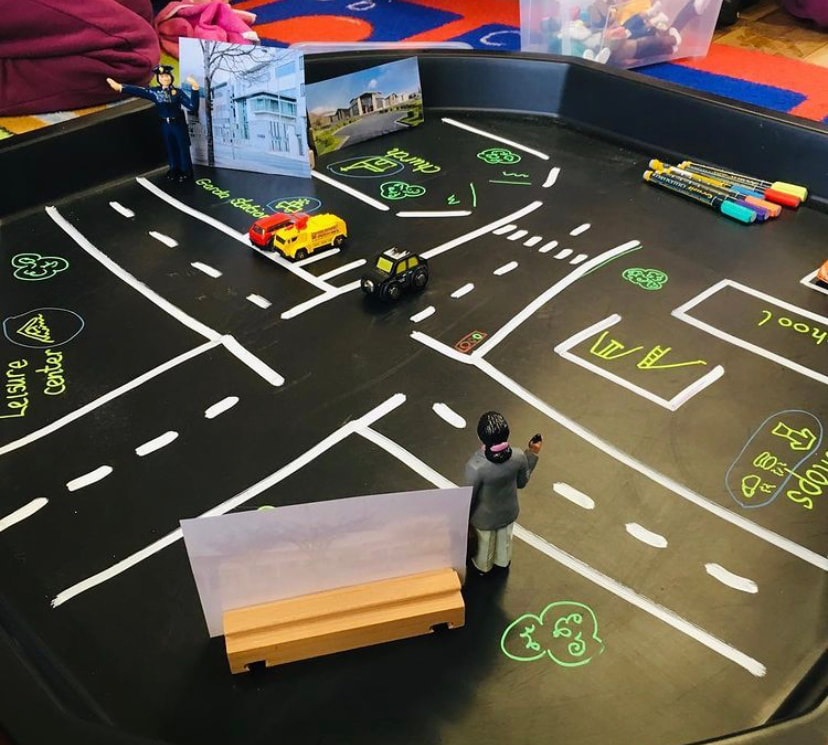

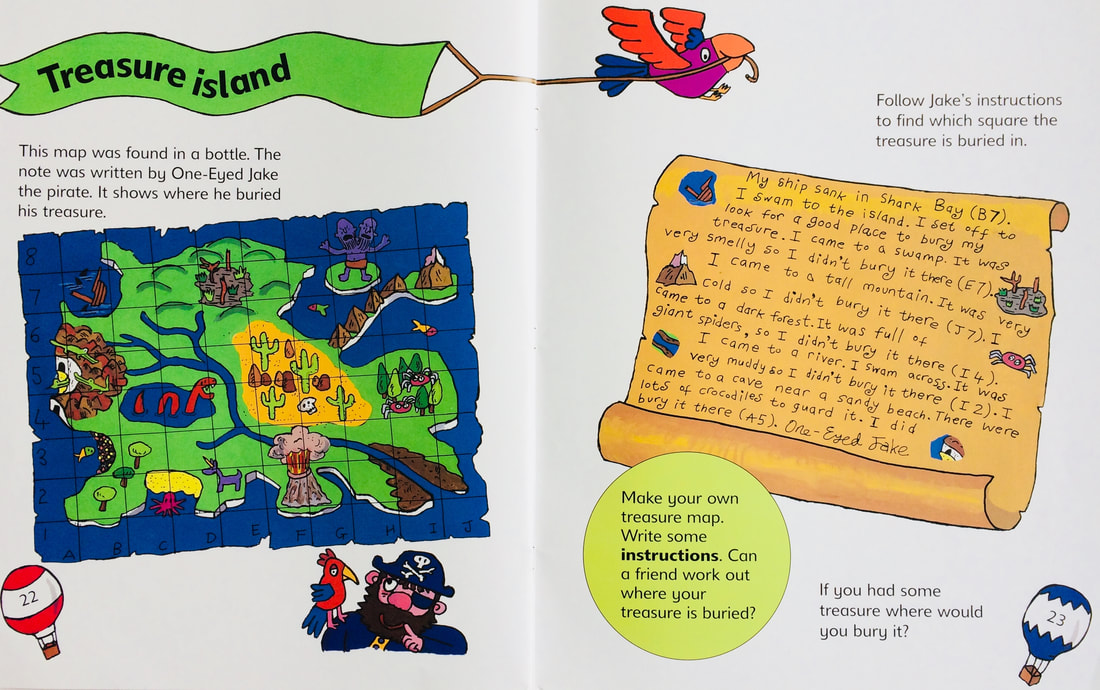









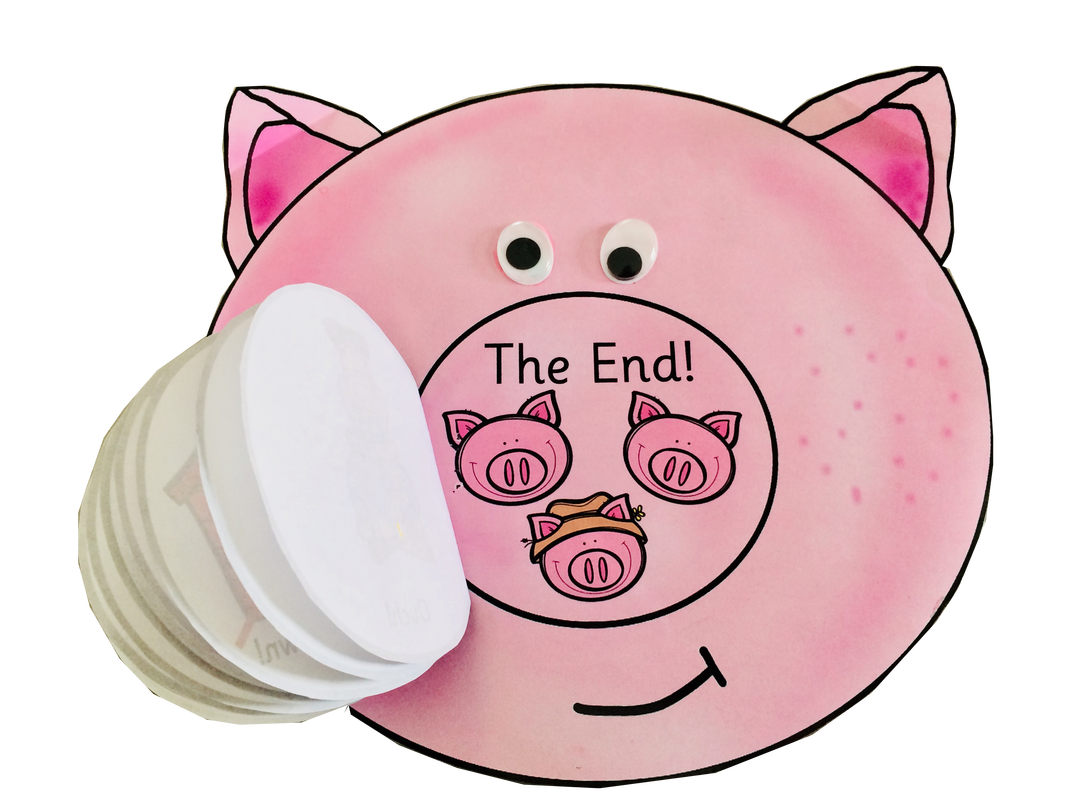
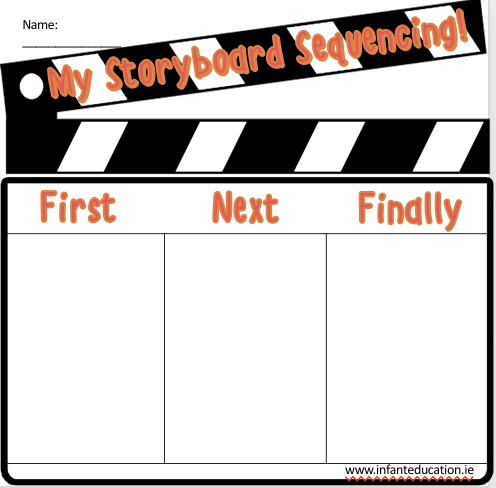
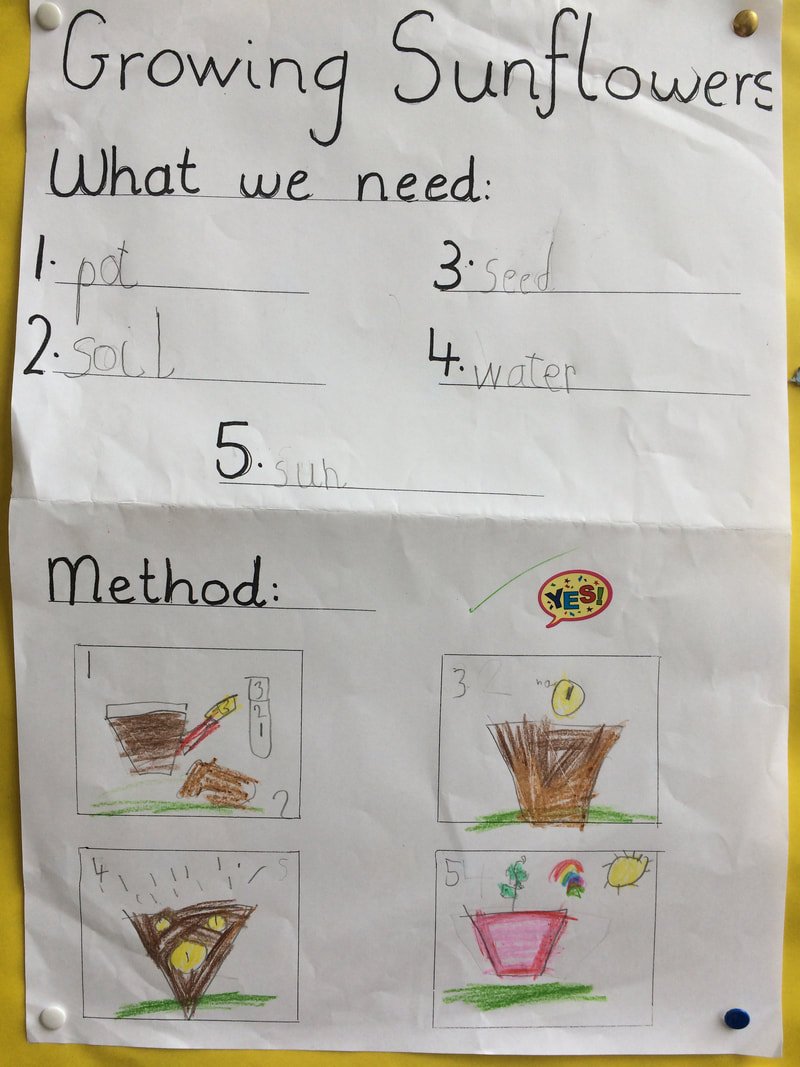

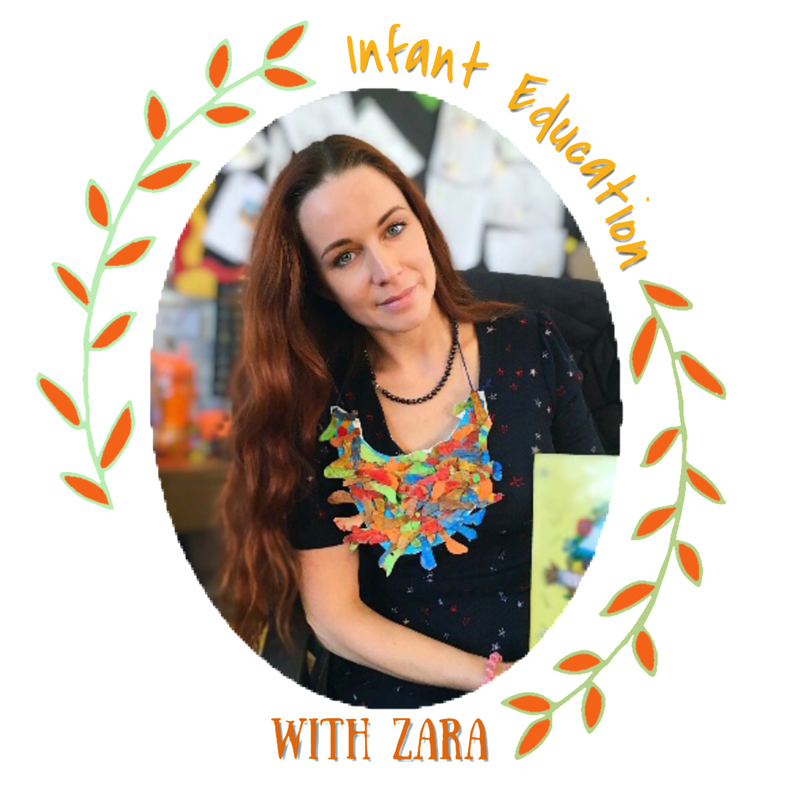
 RSS Feed
RSS Feed